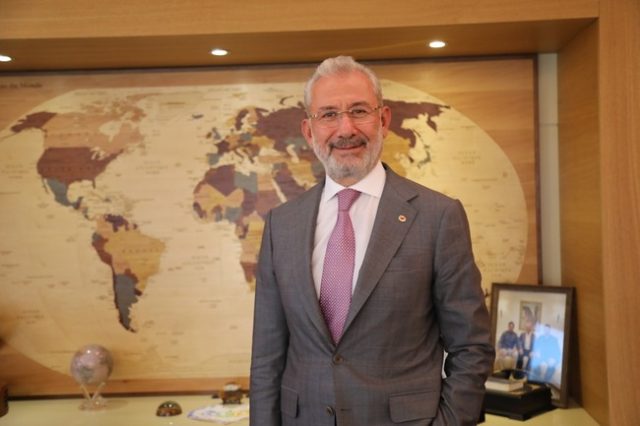Unlocking Success: Why Every iGaming Platform Needs SEO for Growth
In the dynamic world of online gaming, success isn’t just about having a flashy website or engaging games; it’s about visibility and reaching the right audience. This is where Search Engine Optimization (SEO) plays a crucial role. SEO isn’t just a buzzword; it’s a powerful strategy that can propel iGaming platforms to new heights of success and growth.
The Power of SEO in iGaming
SEO is all about improving a website’s visibility on search engines like Google, Bing, and Yahoo. For iGaming platforms, this visibility is key to attracting players in a highly competitive industry. Imagine a player searching for “best online casino” or “top slot games” – a strong SEO strategy ensures your platform appears at the top of those search results, increasing the chances of acquiring new users.
Strategic SEO Initiatives: Elevating iGaming’s Global Reach and User Engagement
CreateIT iGaming is an innovative platform that offers a range of exciting gaming experiences for players worldwide. When it comes to SEO, CreateIT iGaming understands the critical role it plays in reaching their target audience and driving growth. By implementing a comprehensive SEO strategy, CreateIT iGaming ensures that their platform is optimised for search engines, improving visibility for relevant keywords such as “online casino games” or “live dealer experiences”. They focus on creating high-quality, engaging content that not only attracts players but also establishes their platform as a credible and trustworthy destination in the competitive iGaming industry. CreateIT iGaming’s commitment to SEO underscores their dedication to providing a seamless user experience and staying ahead in the dynamic world of online gaming.
Building Credibility and Trust
Beyond visibility, SEO helps build credibility and trust among players. When a website consistently appears at the top of search results, users perceive it as a reputable and trustworthy source. This trust factor is especially crucial in the iGaming sector, where players are cautious about where they invest their time and money.
Targeting the Right Audience
SEO isn’t just about getting more traffic; it’s about attracting the right audience. Through keyword research and strategic content creation, iGaming platforms can target specific demographics and interests. For example, if your platform specializes in live dealer games, SEO can help you reach players actively searching for such experiences.
Staying Ahead in a Competitive Landscape
The iGaming industry is fiercely competitive, with new platforms emerging regularly. To stay ahead, constant visibility and engagement are essential. SEO provides a sustainable advantage by ensuring your platform remains visible amidst changing trends and algorithms.
Mobile-Friendly and User-Focused Approach
With the rise of mobile gaming, SEO also encompasses a mobile-friendly approach. Search engines prioritize mobile-friendly websites, making it imperative for iGaming platforms to optimize their sites for seamless mobile experiences. This not only improves search rankings but also enhances user satisfaction and retention.
Leveraging Content for Engagement
Content is king in the digital age, and SEO goes hand in hand with content marketing. From informative blog posts about game strategies to engaging videos showcasing new releases, content tailored with SEO principles drives organic traffic and keeps players engaged. It’s not just about promoting games but creating valuable experiences that resonate with the audience.
Adapting to Algorithm Changes
Search engine algorithms are constantly evolving, and what works today may not be as effective tomorrow. SEO specialists stay updated with these changes, ensuring that iGaming platforms adapt their strategies accordingly. This agility is vital in maintaining a strong online presence and adapting to industry shifts.
Conclusion
In conclusion, SEO is not an optional strategy for iGaming platforms; it’s a necessity for sustainable growth and success. By improving visibility, building trust, targeting the right audience, and staying adaptable, SEO unlocks a world of opportunities in the competitive landscape of online gaming. Embracing SEO isn’t just about ranking higher on search engines; it’s about creating a lasting impact on players and establishing a strong brand presence in the digital realm.



















